Your cart is currently empty!
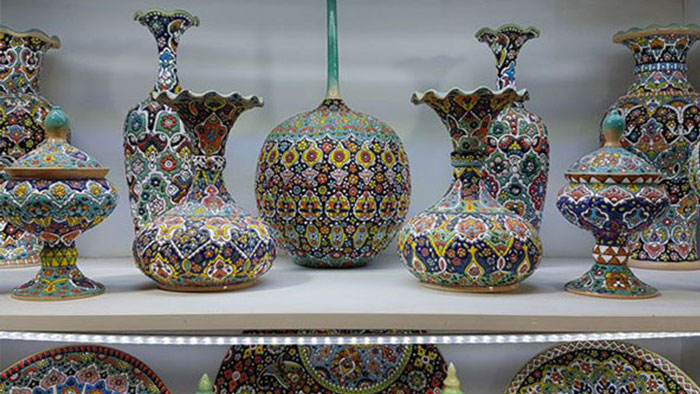

Handmade in Iran – A Human Heritage
Iran is a country with a rich historical legacy, deeply intertwined with the progress of human civilization. As one of the world’s oldest continuous cultures, Iran has played a pivotal role in shaping the global landscape in terms of art, science, architecture, and craftsmanship. The tradition of handmade crafts in Iran is not just a part of its cultural heritage; it is a testament to centuries of artistic mastery and ingenuity. “Handmade in Iran – A Human Heritage” represents an unbroken lineage of artisanship that has influenced societies across the globe and continues to be a vital part of the nation’s identity.
Iran’s Significance and Its Role in Human Heritage
Iran has historically been at the crossroads of civilizations, serving as a bridge between the East and the West. The Persian Empire, one of the greatest empires in history, contributed significantly to human progress in multiple fields:
- Civilization and Governance – The Achaemenid Empire (550–330 BCE) introduced one of the earliest models of centralized administration, legal systems, and infrastructure that influenced subsequent empires. At its peak, it covered 5.5 million square kilometers, making it the largest empire of its time.
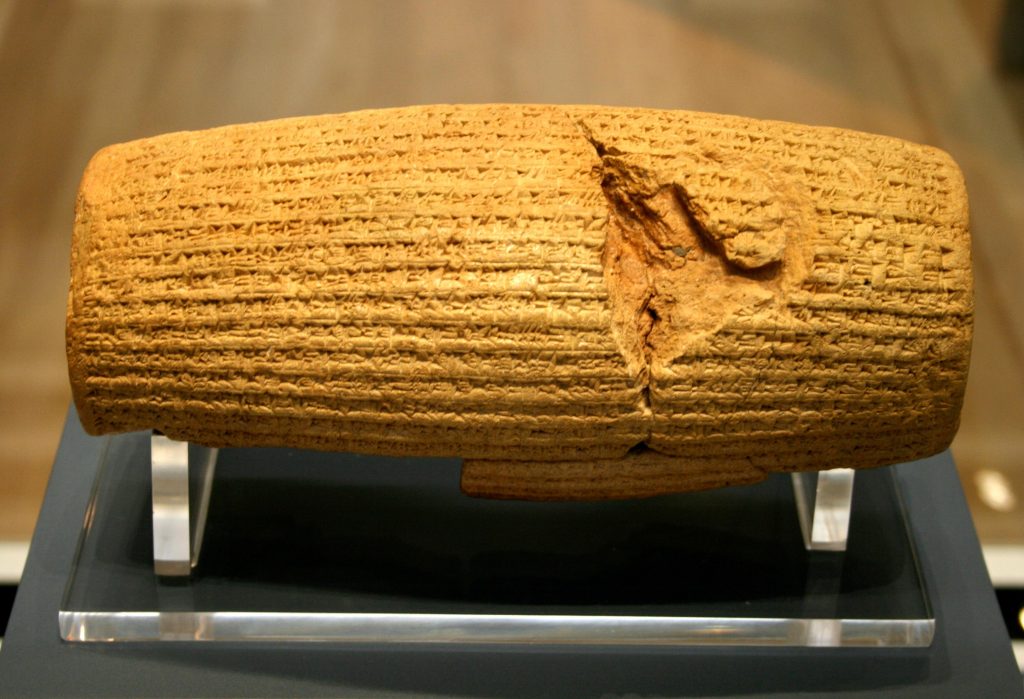
- Culture and Literature – Persian literature, particularly through poets like Ferdowsi (940–1020 CE), Rumi (1207–1273 CE), and Hafez (1315–1390 CE), has had a lasting impact on world literature and philosophical thought.
- Science and Medicine – Scholars like Avicenna (980–1037 CE) and Al-Razi (865–925 CE) made groundbreaking contributions to medicine, astronomy, mathematics, and philosophy, shaping the foundation of modern science.
- Architecture and Art – Persian architectural marvels such as Persepolis (518 BCE), Isfahan’s Naqsh-e Jahan Square (built in the 17th century), and the wind towers (Badgirs) have influenced structures worldwide, including Mughal architecture in India and Ottoman designs in Turkey.
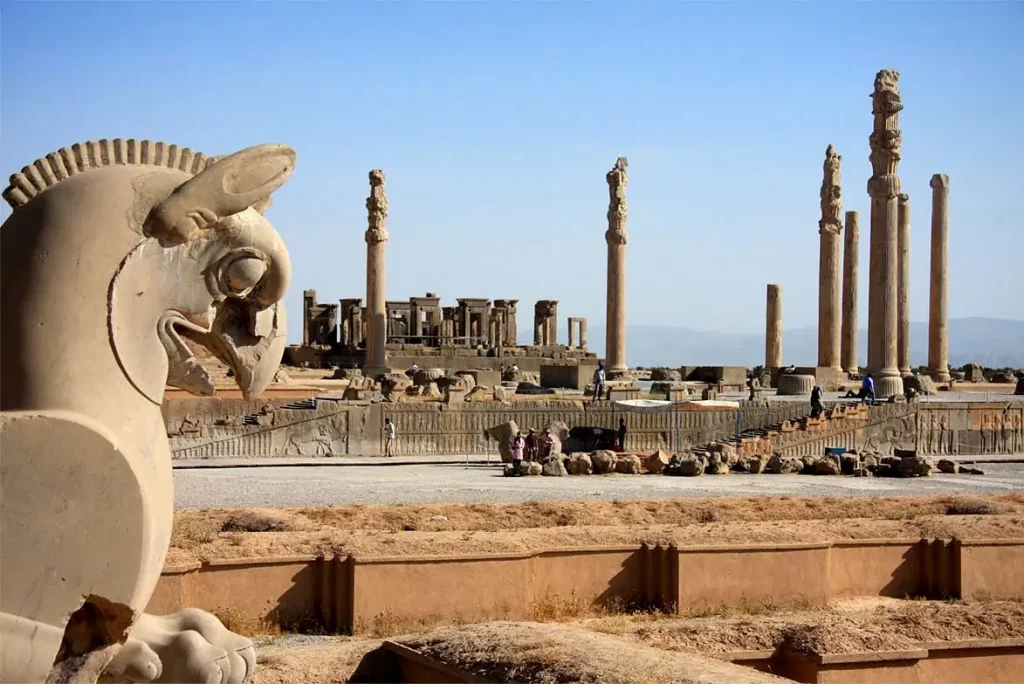
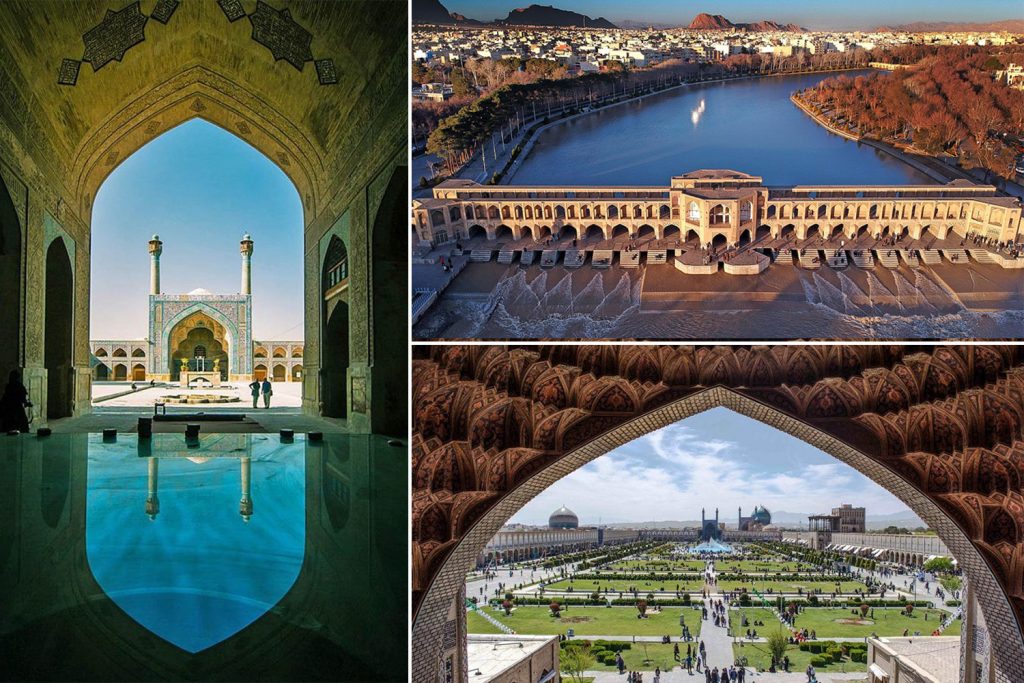
Iran’s Handmade Crafts: A Living Tradition
Iran’s contribution to the world extends beyond intellectual achievements to its rich heritage of craftsmanship. Iranian artisans have preserved centuries-old traditions while adapting to contemporary aesthetics. Some of the most renowned handicrafts include:
- Persian Carpets – Iran produces over 75% of the world’s handmade carpets, with Persian carpets from Tabriz, Kashan, and Isfahan being among the most sought after.
- Miniature Painting (Negargari) – A highly detailed art form that illustrates Persian myths, poetry, and historical narratives with vivid colors and delicate brushwork.
- Pottery and Ceramics – The town of Lalejin in Hamedan is known as the capital of Iranian pottery, producing exquisite hand-crafted ceramics with intricate Persian motifs.
- Metalwork and Enameling (Mina Kari) – Persian artisans have perfected the technique of decorating metal objects with enamel, resulting in stunning, timeless pieces.
- Calligraphy and Woodcraft – Persian calligraphy is not just a means of writing but an art form itself, often incorporated into wooden handicrafts and architectural embellishments.
- Traditional Textile Arts – Silk weaving, Termeh (a luxurious handwoven fabric), and felt making are integral parts of Iran’s textile heritage.
- Saffron Cultivation and Herbal Crafts – Iran is the world’s largest producer of saffron, accounting for over 90% of global production, with traditional methods ensuring the highest quality in the market.
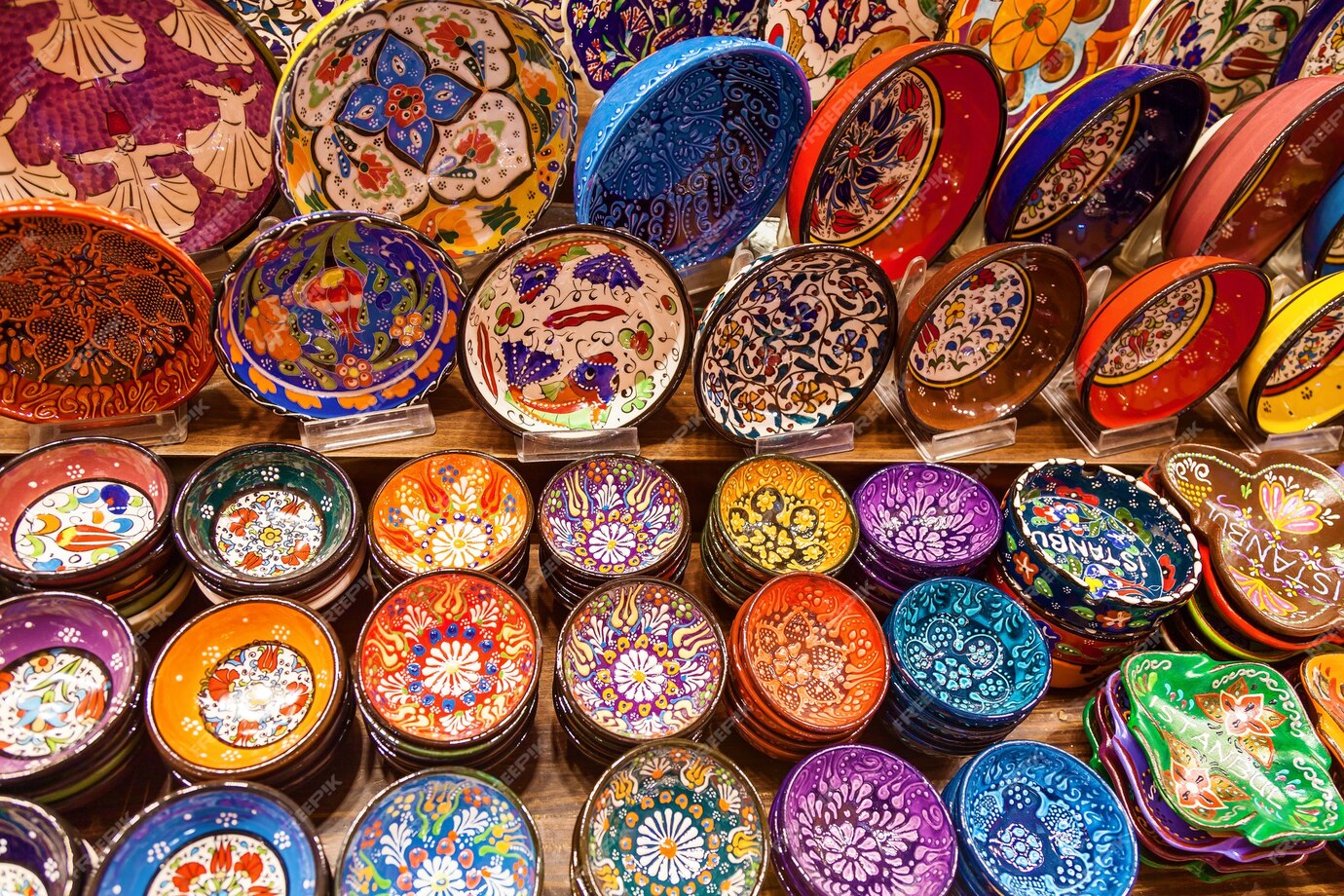
A Human Heritage to Cherish and Preserve
Iran’s handmade crafts are not just historical artifacts; they represent a living tradition that continues to thrive today. These crafts carry stories of ancient civilizations, reflect the ingenuity of Persian artisans, and serve as a bridge between the past and the future. By supporting and preserving Iranian handicrafts, we not only honor one of the richest artistic traditions in human history but also ensure that these skills are passed down to future generations.
“Handmade in Iran – A Human Heritage” is more than just a concept; it is a celebration of human creativity, perseverance, and artistic excellence. It stands as a reminder that craftsmanship, when nurtured and respected, becomes an eternal symbol of culture and identity, transcending borders and time.
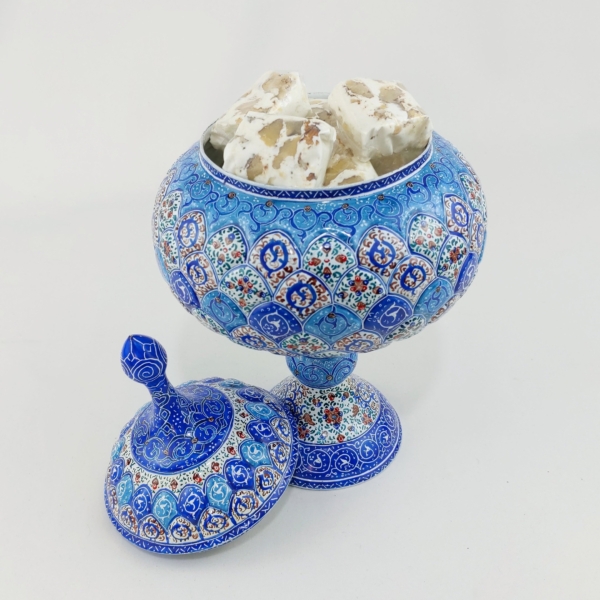
References
- Curtis, V. (2005). Persian Empire: A History of the Greatest Civilization. London: HarperCollins.
- Gutas, D. (2001). Avicenna and the Aristotelian Tradition: Introduction to Medicine and Philosophy. Brill Academic Publishers.
- Pope, A. U. (1938). A Survey of Persian Art from Prehistoric Times to the Present. Oxford University Press.
- Blair, S., & Bloom, J. (1994). The Art and Architecture of Islam 1250–1800. Yale University Press.
- Ferrier, R. (1989). The Arts of Persia. Yale University Press.
- Floor, W. (2013). History of Persian Carpet Weaving. Mage Publishers.
- Scarce, R. (1992). Carpets of Persia: A Cultural Heritage. Smithsonian Institution Press.

Leave a Reply